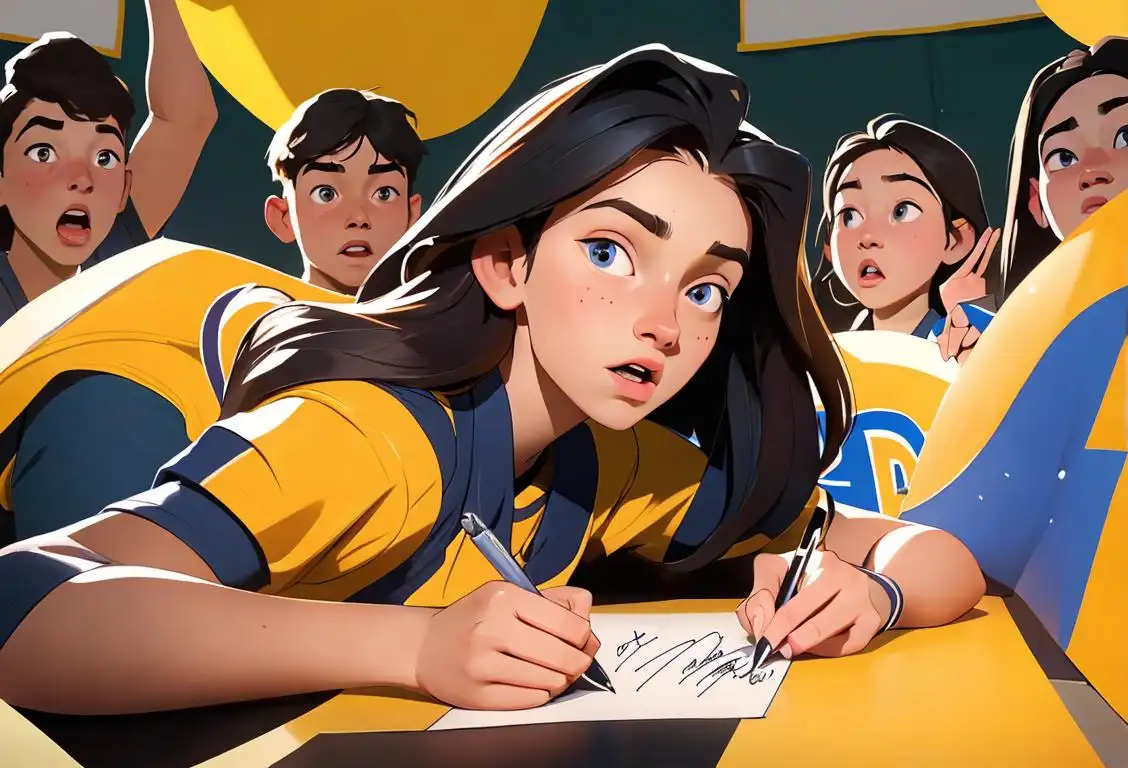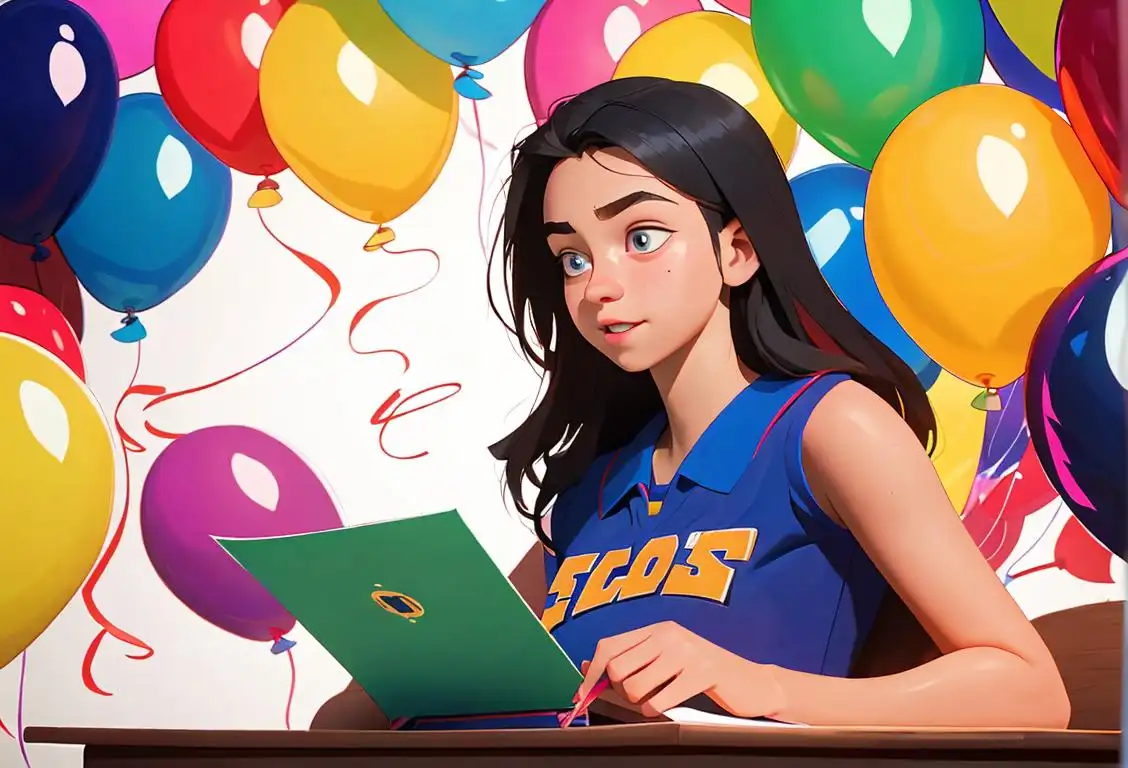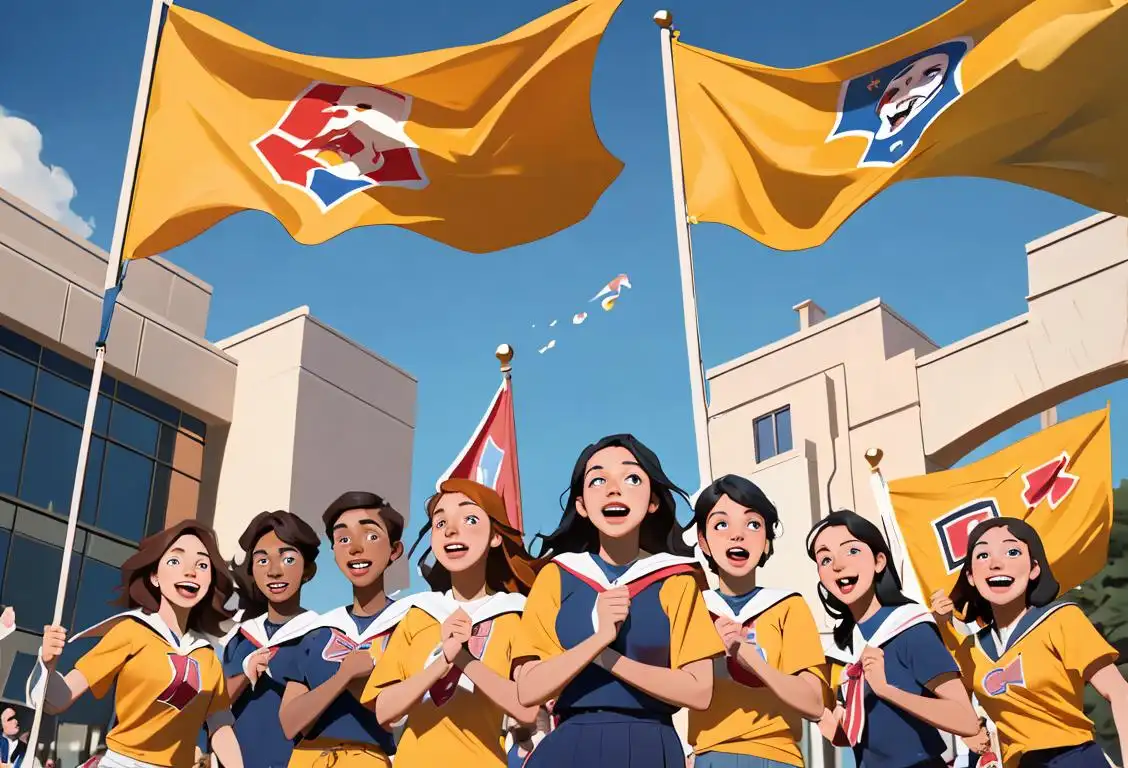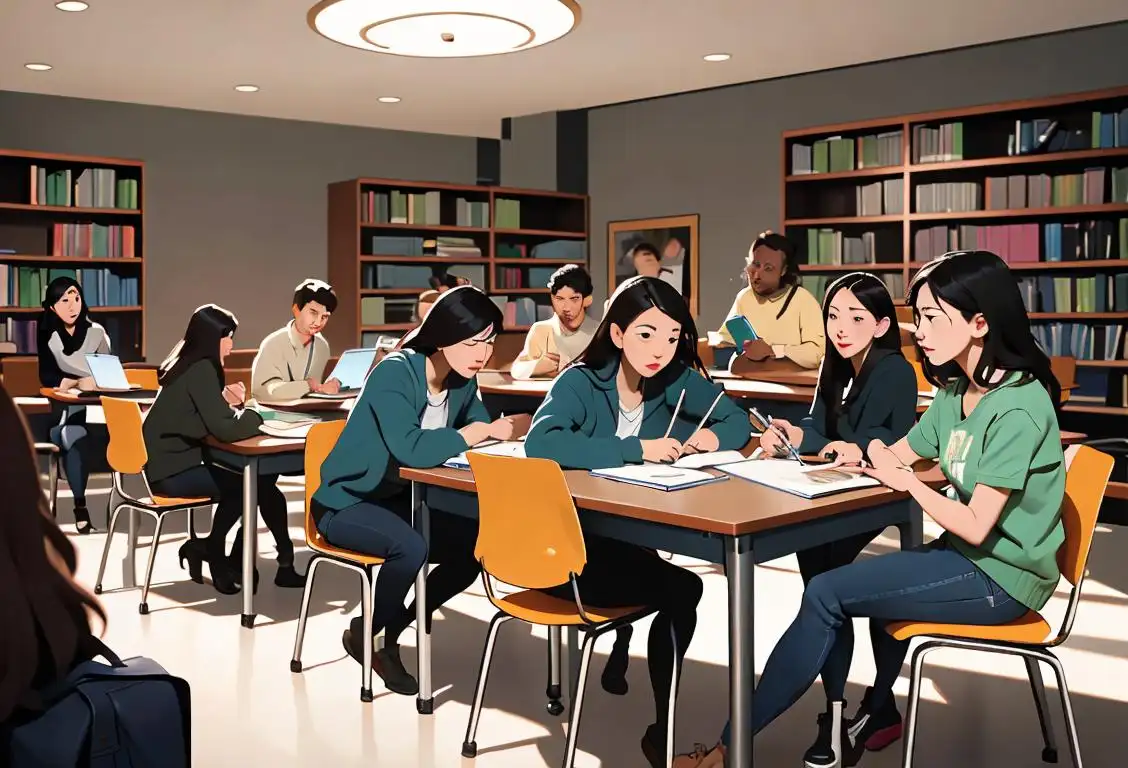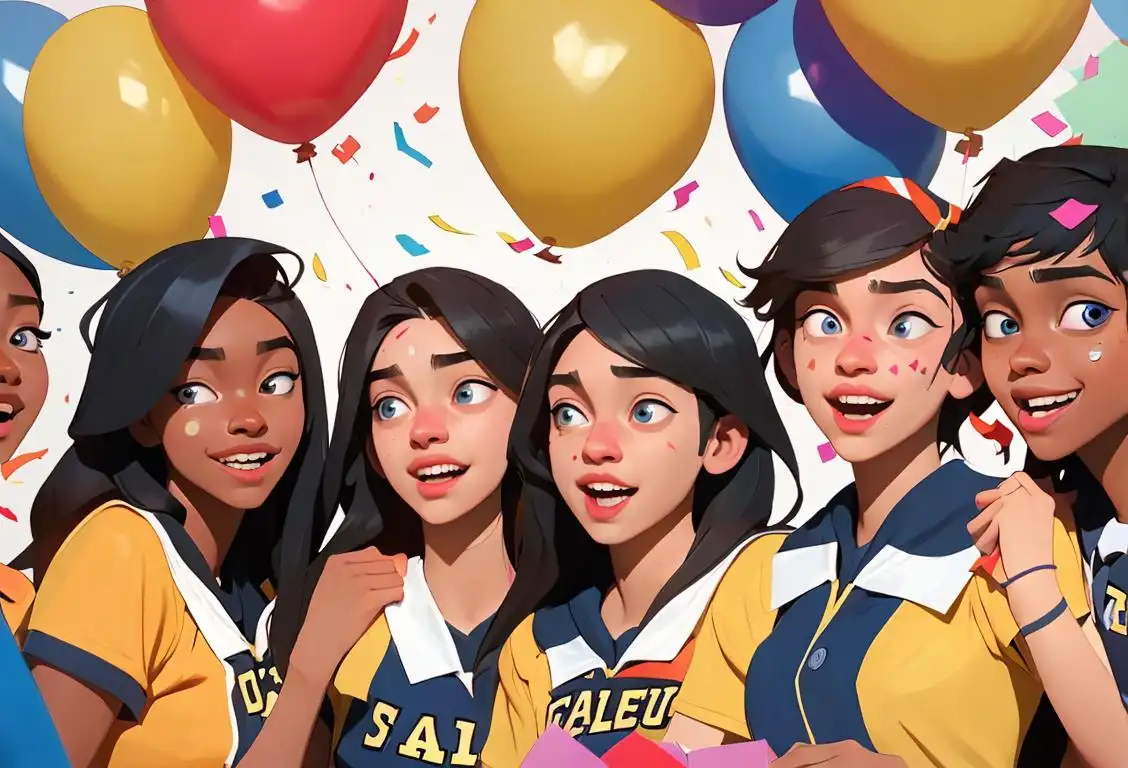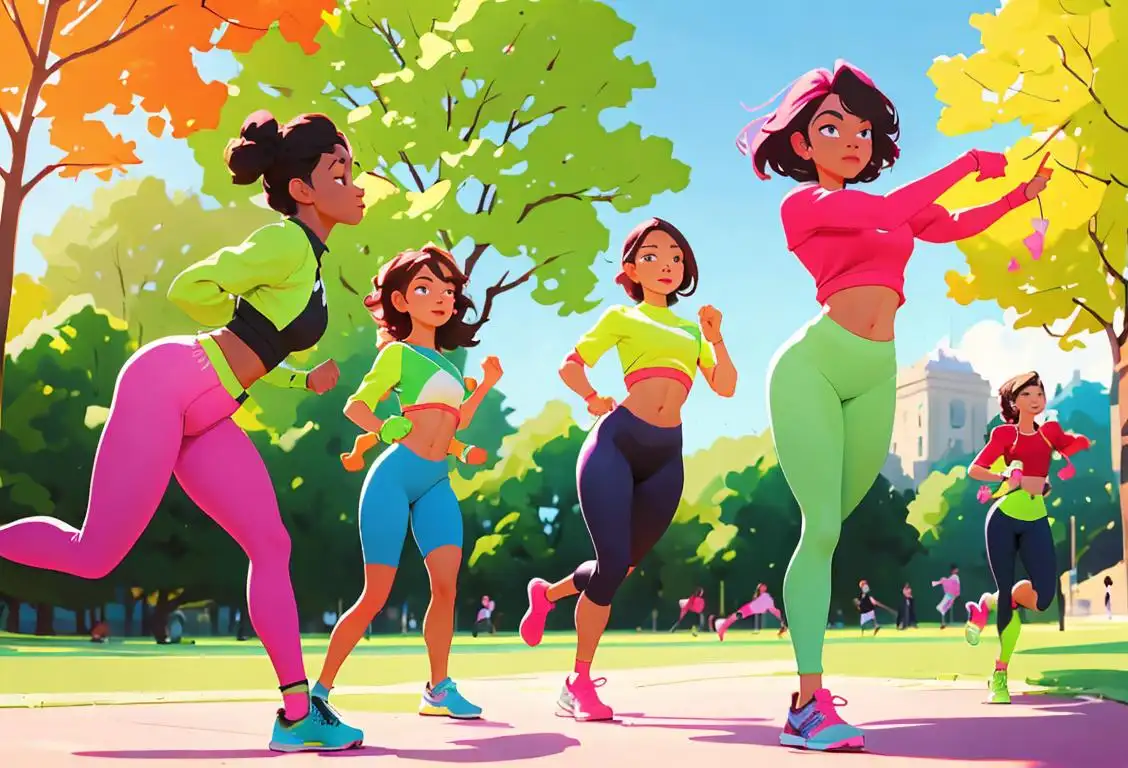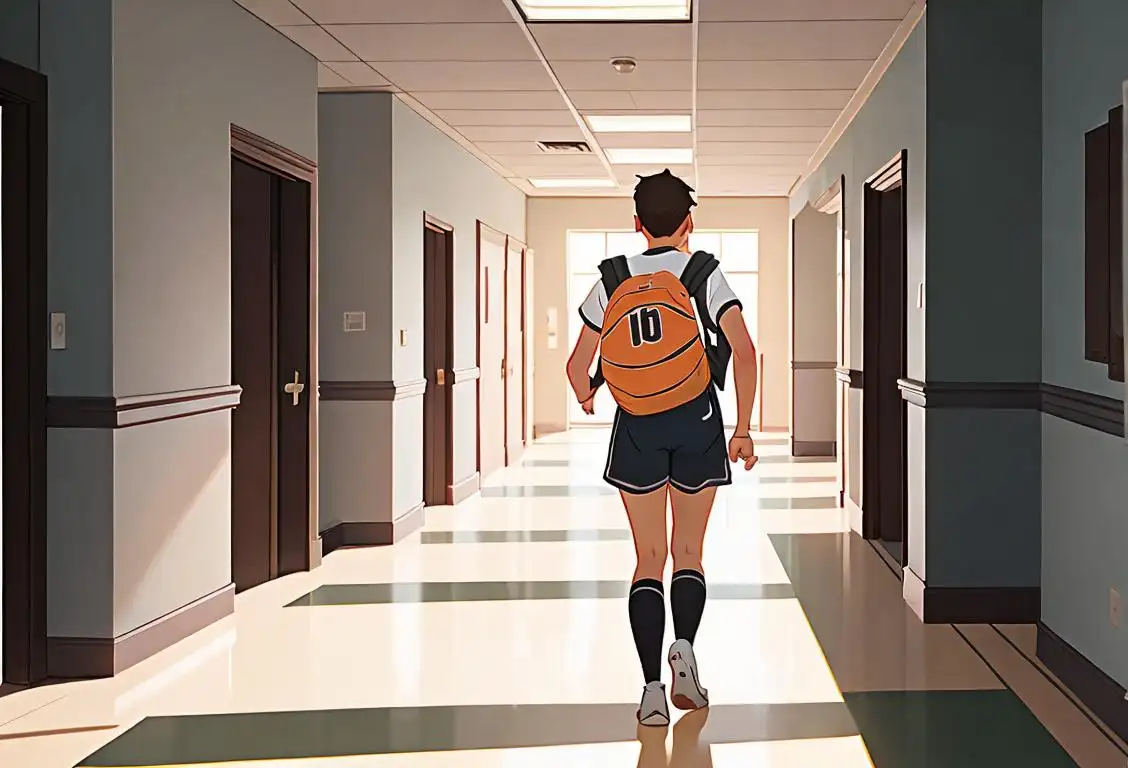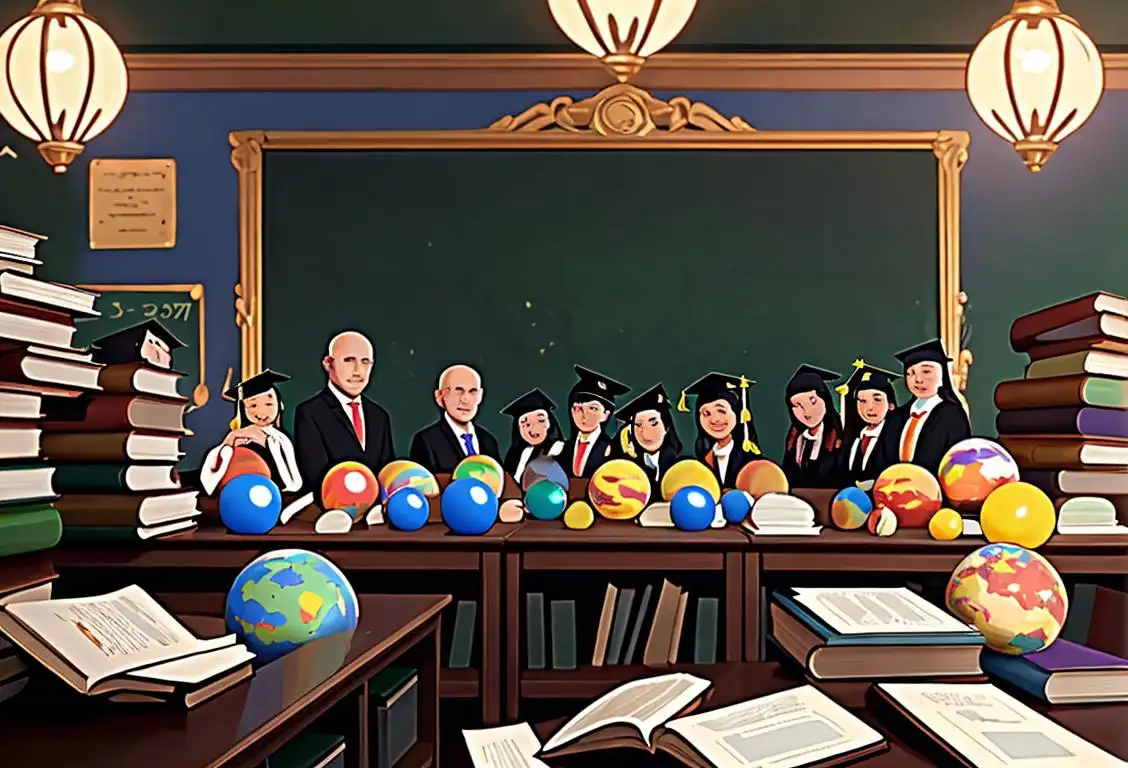National Signing Day
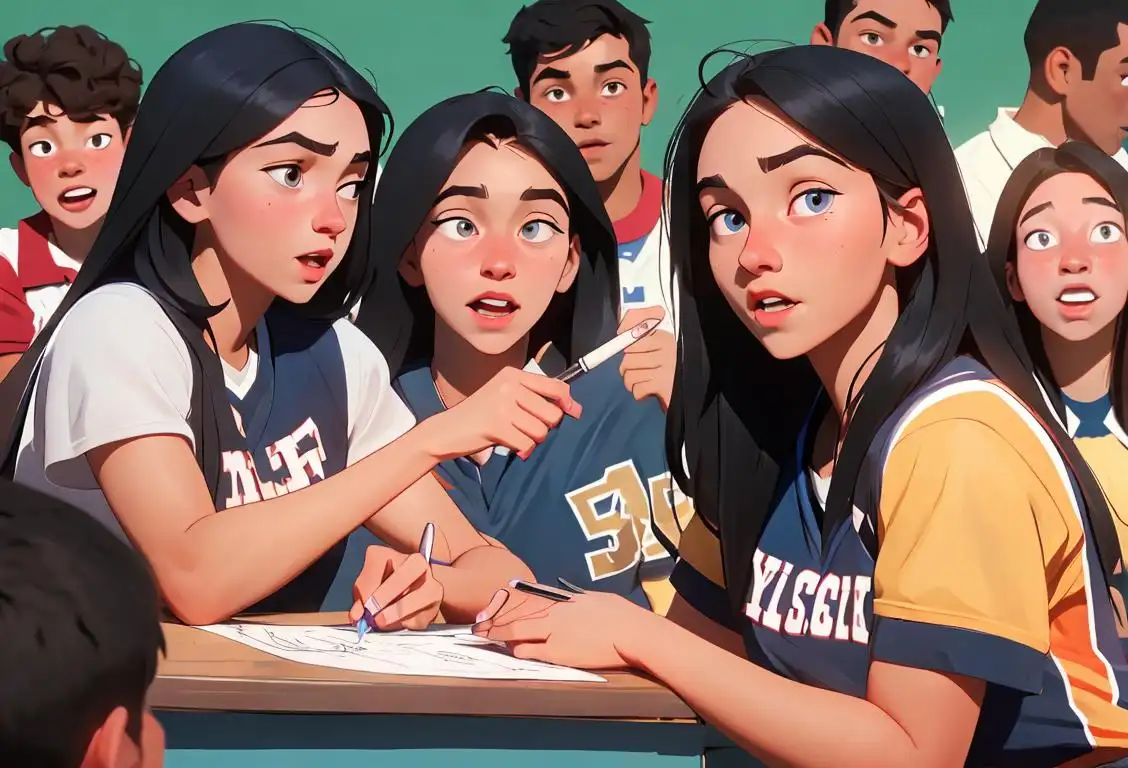
Ah, National Signing Day. That's correct, every year, unfortunately not with a mass party where we all sing. Instead, this day is when our beloved high school athletes 'sign' with their chosen colleges so they can go on to be sporting superstars. A momentous time. No, not the moment you've been waiting for to sing that one 'Bohemian Rhapsody' verse you've always wanted to in front of a crowd, but we'll get there!
When is Signing Day?
It's national signing day on the 1st February.
What's the Big Deal?
Well, National Signing Day manifested from the collision point of sports and education. With a whopping 370140 mentions online since its inception and hitting the highest note on the 1st of February 2017, National Signing Day certainly drums up a bracket of excitement each year.
It's All About the Future
Towards the close of the athletic season, student-athletes face both excitement and dread as they announce what school they're going to 'sign' with. This day gives them the chance to publicly declare their college choice, serving as a 'final answer' to school recruiters - a kind of sports-minded argument that says, 'I've made my decision, and here it is!'
The Repercussions?
While seen as a fun celebration of sorts, this day also has serious ramifications. It dictates where these talented athletes will spend their next few years, shaping their educational and sporting journey. Whether we're cheering or cringing at decisions depends on our team loyalty, of course.
History behind the term 'Signing'
1600s
Origins in Deaf Education
The term 'signing' originates from the 1600s when a new method of education for the deaf was developed. In 1620, a Spanish Benedictine monk named Juan Pablo Bonet published a book titled 'Reducción de las letras y arte para enseñar a hablar a los mudos' which translates to 'Reduction of letters and art for teaching mute people to speak'. This book introduced the use of manual signs as a means of communication for those who could not hear or speak.
1700s
Development of Sign Language
In the 18th century, the use of signing expanded and evolved into what is now recognized as sign language. In 1760, a French educator named Charles-Michel de l'Épée established the first free public school for the deaf in Paris. L'Épée developed a system of sign language that combined existing signs used by the deaf community with his own modifications. This marked a significant milestone in the recognition and acceptance of signing as a legitimate means of communication.
1800s
Formation of Sign Language Communities
During the 19th century, sign languages began to develop distinct regional variations, leading to the formation of sign language communities around the world. In 1817, Thomas Hopkins Gallaudet, an American clergyman, traveled to Europe to learn about methods of deaf education. While in London, Gallaudet met Abbé Sicard, a disciple of l'Épée, and convinced him to send one of his teachers, Laurent Clerc, to the United States. Clerc played a crucial role in establishing the first permanent school for the deaf in America, now known as the American School for the Deaf. This led to the spread and standardization of American Sign Language (ASL) within the United States.
1900s
Recognition and Advancements
In the 20th century, sign language gained further recognition as an official language for the deaf in many countries. In 1960, William Stokoe, a linguist at Gallaudet University, published a groundbreaking linguistic analysis on ASL, which was significant in establishing sign language as a legitimate language with its own grammar and structure. This opened the doors for further research and academic studies on sign languages across the globe. The advancements in technology also played a significant role in improving accessibility for the deaf community, with the development of devices such as the TTY (Text Telephone) and later video relay services, enabling deaf individuals to communicate over long distances.
Did you know?
Fun fact to beatbox your blues away. The National Signing Day tradition began in football but has since spread to other sports like basketball and soccer. Who'd have thought, right? Also, in 2017, it had over 370,140 mentions online on February 1st, a record still unbeaten in its online popularity.Tagged
celebration sports education college NationalSigningDayFirst identified
8th March 2015Most mentioned on
1st February 2017Total mentions
370140Other days
Signing Day
Letter Of Intent On Signing Day
Junior College Signing Day
Offer Day
College Colors Day
Student Day
College Decision Day
Fitness Day
Student Athlete Day
Teacher Day
